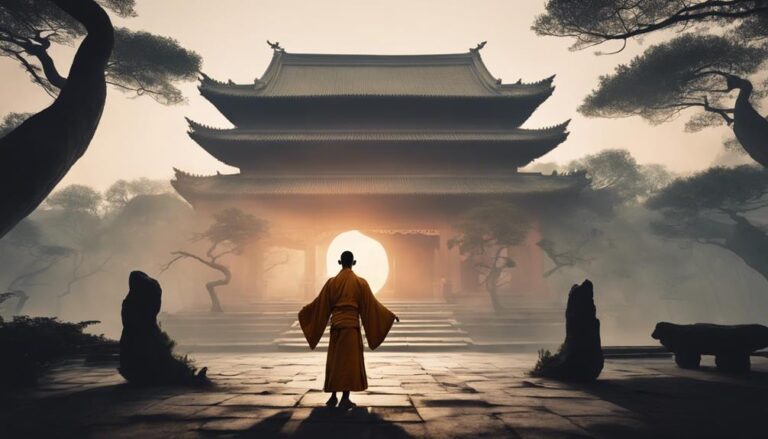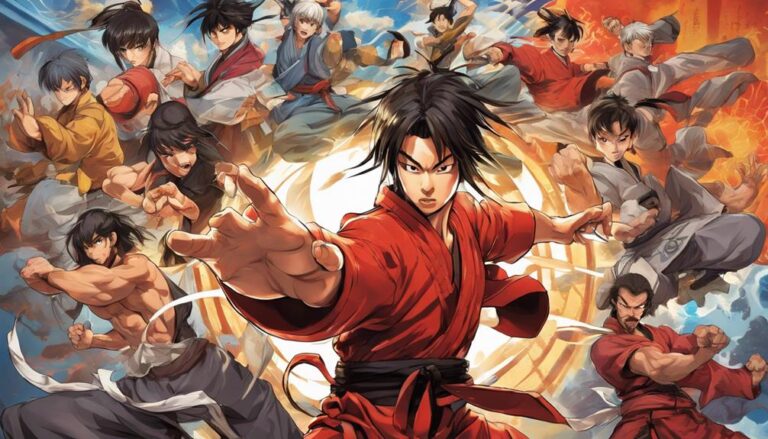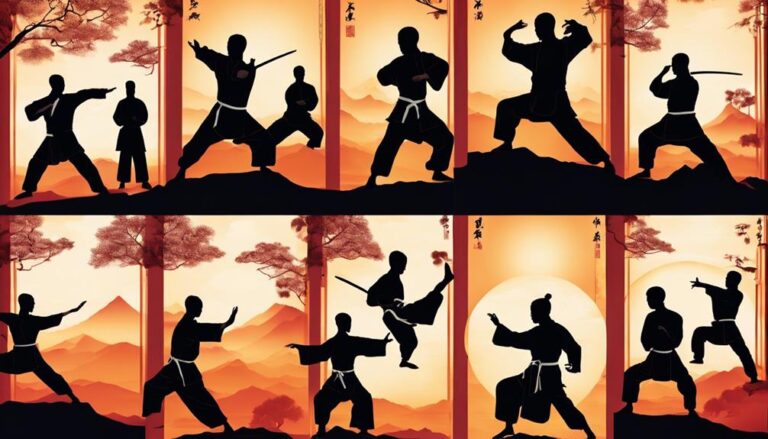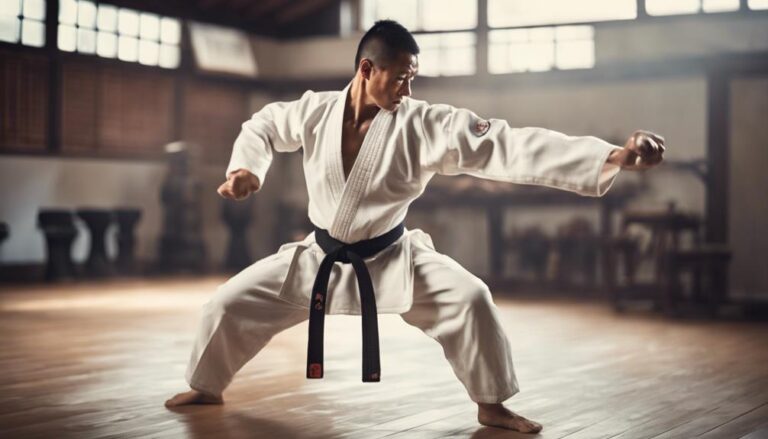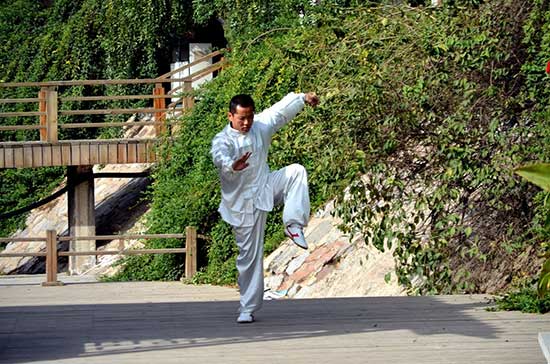Are you a martial arts novice looking to get started in a new discipline but not sure which one is right for you? Well, let’s help you with that.
Both of these styles have their pluses and minuses, so it might take a little research before you can find the perfect fit.
Contents
What does Hapkido Entail?
Hapkido is a traditional martial art that uses the strikes, blocks, and throws of oriental martial arts. It is called “hapkido” because it literally means “the way of the joint .”Hapkido was developed in Korea and also today still has its roots there.
Similar to many Asian martial arts, it has long been used by law enforcement officials as well as military members.
The techniques and training that go into Hapkido focus on the use of grappling and locking techniques to disable a larger opponent by striking their pressure points.
The Hapkido Techniques
Counter Attacks: The counterattacks of Hapkido are derived from the Kosen Judo system. Basically, counterattacks are evasion techniques, where you turn your body in a way that provides an alternative to the attack of your opponent.
Basic Techniques
To perform a basic technique, you need to know how to use a few basic moves. The first move is evasion and the second move is striking.
The third move is locking or trapping, and it comes after evading or countering an attack or strike. And the fourth movement is the controlling techniques which are used for finishing off a technique before applying a lock.
There are also a few specific moves that are used in certain situations, and those include the head strike, elbow strike, knee strike, knife attack technique, or drop kick.
Benefits of Hapkido
Hapkido is a martial art that has been practiced for centuries, but it is still growing in popularity. It’s growing in popularity because of its various benefits.
You can learn self-defense and also how to improve your flexibility, balance, and strength using this martial art.
Hapkido also teaches you how to defend yourself with the proper positioning of your body and limbs to minimize the damage that could otherwise be done to you during a physical altercation.
Other benefits include:
- increased flexibility, balance, and strength.
- Body awareness with the ability to move your body in a way that prevents injury.
- Improved posture and accuracy in strikes.
- Control of emotions while avoiding violence.
Disadvantages of Hapkido
Hapkido has some disadvantages as well, including:
- More training time outside of class and prolonged training sessions.
- A greater chance of injury while practicing.
- A higher risk of injury during sparring.
What Does Wing Chun Entail?
Wing Chun is a traditional martial art that focuses on the use of close-range striking and stance training.
Named after the famous Chinese woman warrior Yim Wing Chun, it was created to be an aggressive yet graceful form of martial arts but one that also focused on sensitivity, lightness, speed, and timing.
Modern Wing Chun fighting, as taught today, is a very dynamic art that includes powerful strikes to the head and body.
Strike distance is maintained very closely (less than arm’s length) to allow for relatively swift and accurate strikes to the opponent.
Wing Chun Techniques
Wing Chun techniques are derived from traditional Chinese martial arts. Wing Chun is considered a martial art because it is designed to be practiced using the fighting and self-defense methods of Shaolin Kung fu.
Blocks
Wing Chun blocks are designed to prevent you from being hit by an attack that you have not evaded. So what makes them different?
The blocks are designed to add active force and direction to your body movements rather than absorb impact forces, regardless of how hard the strike is thrown at you.
Mobs & Low Kicks
Wing Chun utilizes low kicks that are delivered by the front leg with a slight side step of the rear leg. Mobs or mock attacks are used as distractions before delivering a real attack to your opponent.
Grappling and Takedowns
Wing Chun teaches you how to prevent your opponent from initiating a grappling situation and also how to use grappling techniques if they do.
There are some takedowns (throws) that teach you how to take your opponent to the ground.
Chops
Wing Chun makes full use of both the forehand and backhand strikes that come from the various targets in your body.
Some of the targets include the neck, throat, head, chest, and shoulders. While some of the strikes have defensive purposes against a larger opponent, most of these strikes have offensive intentions and are used against an opponent with equal or smaller stature.
Benefits of Wing Chun
Wing Chun is a martial art that is considered one of the few forms of Kung fu. It’s considered one of the most practical styles of martial arts and therefore has many benefits.
Some of its benefits include:
- Increased strength, speed, and reflexes.
- Increased endurance for long fights with little breaks in between.
- Improved flexibility and faster reaction time both on offense and defense.
Disadvantages of Wing Chun
Like many other martial arts, Wing Chun has disadvantages as well. These include;
- It takes longer to learn compared to other faster, more efficient styles of martial arts.
- High-level Wing Chun training can also be very expensive and requires extensive training time outside of class.
- Wing Chun has some very unique fighting strategies that the average person may find difficult to master.
Many martial artists continue to study Wing Chun because of its defensive and aggressive fighting strategies that are not found in other popular forms of martial arts like kickboxing or karate.
Differences between wing Chun and Hapkido
- How the two systems train is very different. Wing Chun, for example, includes training in traditional Chinese medicine and healing rituals, while Hapkido focuses on the martial arts side of things.
- Wing Chun is more realistic, while Hapkido tends to utilize relatively safer versions of the striking and grappling attacks that would be much harder to perform in real life.
- Wing Chun focuses on using a long sword (Jumok) but only when it is absolutely necessary, as it can be very lethal if misused. Hapkido, on the other hand, focuses on using a sword (Hapkido) much more frequently.
- Wing Chun has a slightly more female following than Hapkido does.
- Wing Chun does not use any sort of belt ranking system, so there is no “master” or “advanced” level status. Everyone in Wing Chun is considered equal when it comes to training. This, however, can be both positive and negative depending on what styles of martial arts you have experience with. On the other hand, Hapkido does have a belt ranking system where those of a higher class are more respected by those of a lower class.
Similarities between Wing Chun and Hapkido
- Both systems focus on ch’uan fa (hands and feet work).
- Both use a very similar martial arts training system in which various striking and grappling techniques are practiced.
- Both systems have their own unique styles of movements and techniques, but they both share the same roots in traditional Chinese Kung fu.
Conclusion
Well, there you have it. You can now comfortably distinguish between the two. While more people want to acquaint themselves with the two martial arts, many want to learn Wing Chun over Hapkido because it is considered more practical and applicable in real-life situations.
On the other hand, Hapkido tends to focus on using drills in training and fighting competitions.
